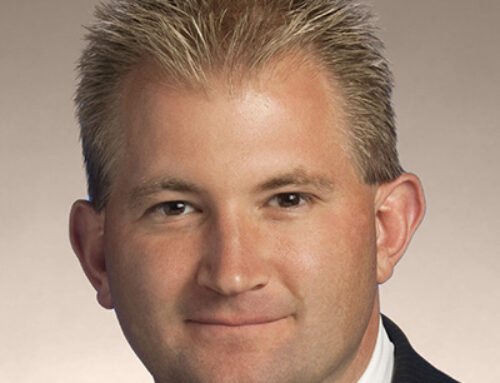A recent report by investigative journalist Marc Perrusquia details the excessive redaction of body camera footage, obscuring information and leading to high labor costs and delays when journalists and members of the public want to view it.
The report, “Inaccessible: Police Body Camera Footage Is Often Expensive, Heavily Edited And Takes Months To Get“, was published by the Institute for Public Service Reporting in Memphis where Perrusquia is director.
The report is especially relevant and timely because a law that allows redaction of certain parts of body camera footage is set to expire July 1, 2022. The law could be extended or altered.
Here’s an excerpt from Perrusquia’s body camera report, but for a full version, go to the institute’s website.
Dr. William Smock was troubled when he viewed the blurry police body camera footage.
In one heavily edited scene, a Memphis police officer appears to slide his arm around the neck of a juvenile he’s trying to arrest. Despite electronic redactions inserted into the video, the officer is seen holding the teen for a couple of seconds before both figures fall out of view.
“What I see is the application of pressure to the neck, which is strangulation,’’ said Smock, a chokehold expert whose resume includes testifying at the trial of Derek Chauvin, the former Minneapolis police officer convicted in April of the oxygen-deprivation death of George Floyd.
Smock reviewed newly released Memphis Police Department bodycam footage at the request of The Institute for Public Service Reporting and The Daily Memphian to help analyze a recurring concern: MPD often redacts bodycam footage to limit what’s seen and heard.
Pixelations that blur the image and alterations that mute the sound are used by MPD and many other police agencies to protect the identity of juveniles and other privacy concerns.
But they also often obscure police actions, making it difficult to assess whether officers acted responsibly or improperly.
Such redactions require time and effort to insert and, collectively, they’re helping create a nationwide backlog in the public’s demand for police video, colliding privacy interests with another cherished American value: The public’s right to know.
“It’s a persistent issue almost everywhere,’’ said Frank LoMonte, director of the opens in a new windowBrechner Center for Freedom of Information at the University of Florida.
Extensive redactions not only obscure what’s seen and heard, they’re triggering prohibitively steep costs and months-long waits as police charge hourly labor fees for censors to go frame by frame through footage.
The great irony, critics say, is that the American public has invested millions of dollars in bodycam programs to promote police transparency and build public trust and yet footage often is inaccessible, unaffordable or heavily edited.
“It’s very challenging for a journalist with a time-sensitive story to get hold of bodycam video in any realistically affordable way,’’ LoMonte said. “There are problems with timeliness. There are problems with hundreds and sometimes thousands of dollars in redaction costs being assessed.’’
In Memphis, journalists have waited up to eight months for access to footage and have been asked to pay as much as $3,100 in hourly labor costs for video from a single case.
There’s often little uniformity when police agencies decide how much information to redact. Inconsistency appears even inside MPD: In one video, only a juvenile’s face is covered. In others, redactions are more extensive.
“There needs to be more clarity in the law,’’ said Deborah Fisher, executive director of the nonprofit Tennessee Coalition for Open Government, who said at times it’s unclear if police are trying to protect juveniles or witnesses, or whether the true intent involves “protecting the officer.’’





